Today we're gonna learn how to use CSS Media queries to build responsive websites & practice by doing 3 projects. Let's go 🏅
Table of Contents -->
Topics to discuss at a glance :
You can watch this tutorial on YouTube as well if you like:
Original Post at Free Code Camp
What are CSS Media Queries?
CSS Media Queries allows us to create Responsive website across all screen sizes ranging from desktop to mobile screen. Therefore, It's a must to learn this topic.
Here's a demo of the magic of Media Queries 👇
We'll build that on project 2. Layout is called Card Layout. More Layout Examples here!
How to Set Up the Project
For this project, you need to know little bit of HTML, CSS and know how to work with VS code. Follow along with me ->
- Create a folder named "Project-1"
- Open VS Code
- Create index.html, style.scss & main.js file
- install Live Server & SASS Compiler
- Run Live Server & SASS Compiler
HTML
On HTML, Write this code inside the body tag 👇
<div class = "container"></div>
we also need to see the exact size of our window. Here's a demo of what I mean 👇
So, write this line below inside the html file, ->
<div id="size"></div>
SCSS
We'll Use SCSS, not CSS. But..... what is SCSS?
SCSS is a pre-processor of CSS which is more powerful than regular CSS. Using SCSS we can ->
- Nest our selectors like a branch of a tree and better manage our code.
- Store various values into variables
- Use Mixins to stop code repetition & save time
And Much more !
On SCSS, we'll remove our default browser settings, change box-sizing, font-size & font-family, like this 👇
*{
margin : 0px;
padding : 0px;
box-sizing : border-box;
body{
font-size : 35px;
font-family : sans-serif;
}
}
Don't forget to set height of the .container class. Otherwise we'll fail to achieve our desired results ->
.container{
height : 100vh;
}
Remember the additional id we wrote in HTML ? We'll style it & position it on our browser here ->
#size {
position: absolute;
// positioning screen size below our main text
top : 60%;
left: 50%;
transform: translateX(-50%);
color : red;
font-size : 35px;
}
JavaScript
We need to update our screen size inside our id every time we resize our window. So, write these codes in main.js file ->
// 'screen' is name 👇 of a function
window.onresize = screen;
window.onload = screen;
// Function named 'screen' 👇
function screen() {
Width = window.innerWidth;
document.getElementById("size").innerHTML
= "Width : " + Width + " px"
}
Download the images for the project
Responsive website also means Responsive Images. We're also going to make images responsive in this project. The images are on my GitHub repository. Here's how to get them:
- Visit and copy the link above ☝️
- Go to downgit and paste the link you copied
- Follow the steps in this video 👇
And.... we're all set ! Let's Start Coding 😊
The Syntax
The syntax of a Media Query
@media screen and (max-width: 768px){
.container{
//Your code's here
}
}
An illustrated Explanation ->
Let's divide the syntax into 4 section :-
- Media Query Declaration
- The Media Type
- min-width & max-width Function
- The Code itself
To understand all 4 section of the syntax, let's start our First Project
We'll Build this ☝️ A small project where background-color changes on resizing the window by taking 1 small step at a time. Let's start !
HTML
place some text inside our HTML, like this ->
<div class = "container">
<div class = "text">
Hello Screen !
</div>
</div>
SCSS
Now, we'll store 4 color codes inside variables like this 👇
$color-1 : #cdb4db ; // Mobile
$color-2 : #fff1e6 ; // Tablet
$color-3 : #52b788 ; // Laptop
$color-4 : #bee1e6 ; // Desktop
More colors at coolors.co
Now, come at the bottom, target the .container & .text classes. We'll also center our text like this👇
.container{
//To place text at center
display : grid;
place-items : center;
background-color : $color-1;
height : 100vh;
}
.text{
// keep it blank for now
}
So far so good !
1. Media query declaration Rule
Media Queries start with the @media declaration. Main purpose of writing this is to tell the Browser that we have specified a media query. On CSS, write like this 👇
@media
2. The Media Type
This is used to specify the nature of the device we're working with. The 4 values are ->
- all
- screen
- speech
Purpose of every 4 value at a glance 👇
We declare the media type after @media declaration. Like this 👇
@media screen
FAQ : Why do we write The "and" operator?
Let's say, we're placing an order at a restaurant, "A burger and a pizza". Notice that the 2 orders are separated by a [and]
Likewise, media type, min-width & max-width functions are basically conditions we are giving to the browser. We don't write "and" operator if we have 1 condition. Like this ->
@media screen {
.container{
// Your code here
}
}
We write "and" operator if we have 2 conditions. Like this ->
@media screen and (max-width : 768px) {
.container{
// Your code here
}
}
You can also skip the media type and work with just min-width & max-width. Like this ->
//Targeting screen sizes between 480px & 768px
@media (min-width : 480px) and (max-width : 768px) {
.container{
// Your code here
}
}
If you have 3 conditions or more, you can use a comma, like this ->
//Targeting screen sizes between 480px & 768px
@media screen, (min-width : 480px) and (max-width : 768px) {
.container{
// Your code here
}
}
3. min-width & max-width Function
Let's discuss the Most important component of a media query, Screen breakpoints.
To be honest, there's no such thing as a standard screen break-point guide due to countless screen sizes on the market. But, for our project, we'll follow The Official Bootstrap 5 screen break-point values
Here's a list of every device screen resolution on CSS-Tricks.
max-width :
Using this function, we are creating a boundary. This will work as long as we are inside the boundary. Here's a sample 👇
Our Boundary is 500px
notice how the light purple color gets Disabled when we hit above 500px.
To recreate this, write these on SCSS
.container{
background-color: white ;
height: 100vh;
display: grid;
place-items: center;
}
At the bottom, insert the media query, like this 👇
@media screen and (max-width : 500px){
.container{
background-color: $color-1;
}
}
min-width :
we are also creating a boundary here. But, This will work if we go outside the boundary. Here's a sample 👇
Our Boundary is 500px
Notice how the light purple color gets Enabled after we hit above 500px width.
To recreate this, write these on SCSS
.container{
background-color: white ;
height: 100vh;
display: grid;
place-items: center;
}
At the bottom, insert the media query, like this 👇
@media screen and (min-width : 500px){
.container{
background-color: $color-1;
}
}
To sum it up, remember that
- max-width sets styles inside the set boundary
- min-width sets styles outside the set boundary
The code itself :
Let's put our project-1 together !
We will have 4 screen breakpoints
- Mobile -> 576px
- Tablet -> 768px
- Laptop -> 992px
- Desktop -> 1200px
Yes, we are following the official bootstrap 5 screen breakpoints. And each breakpoints will get these colors ->
For 4 device types, we will have 4 Media Queries. Before touching the 4 media queries, first, store the breakpoint values in variables. Like this 👇
Note : Don't forget to put the $ sign
$mobile : 576px;
$tablet : 768px;
$laptop : 992px;
$desktop : 1200px;
And our .container class should look like this 👇
.container{
background-color: white ;
height: 100vh;
display: grid;
place-items: center;
}
We're all 50% done ! Now let's setup the 4 media queries 👇
But Wait...
You need to follow a serial while writing the media queries. Start writing from the largest display to the smallest display.
Desktop - 1200px
For the Desktop screen, write these on SCSS 👇
// using variable here which is 👇 1200px
@media screen and (max-width: $desktop){
.container{
background-color: $color-4;
}
}
The Result ->
Laptop - 992px
For the Laptop screen, write these on SCSS 👇
// using variable here which is 👇 992px
@media screen and (max-width: $laptop){
.container{
background-color: $color-3;
}
}
The Result ->
Tablet - 768px
For the tablet screen, write these on SCSS 👇
// using variable here which is 👇 768px
@media screen and (max-width: $tablet){
.container{
background-color: $color-2;
}
}
The Result ->
Mobile - 576px
For the mobile screen, write these on SCSS 👇
// using variable here which is 👇 576px
@media screen and (max-width : $mobile){
.container{
background-color: $color-1;
}
}
The Result ->
Take a Break
Congratulations for Completing Project 1 but, first, take a break. You deserve it !
Let's do some projects using CSS Media Queries
Project-2 Responsive Portfolio
We'll build this, A small responsive Website👇
Desktop View
Mobile View
Okay then, Let's start Coding ! First, let's work with the Desktop View by taking small baby steps
Before Starting
Create a folder named 'images' inside our 'Project-1' Folder. Place all the images you downloaded from my GitHub Repository inside the 'images' folder.
HTML
Step - 1
We'll create 3 sections for our website. Write these Codes inside HTML
<div class="container">
<div class="header"></div>
<div class="main"></div>
<div class="footer"></div>
</div>
Step - 2
We'll place the logo & menu items inside the .header div
<div class="header">
<div class="header__logo">Miya Ruma</div>
<div class="header__menu">
<div class="header__menu-1"> Home </div>
<div class="header__menu-2"> Portfolio </div>
<div class="header__menu-3"> Contacts </div>
</div>
</div>
Step - 3
We'll place the image & text inside the .main div
<div class="main">
<div class="main__image"></div>
<div class="main__text">
<div class="main__text-1">Hello 👋</div>
<div class="main__text-2">I'm <span>Miya Ruma</span></div>
<div class="main__text-3">A Designer From</div>
<div class="main__text-4">Tokyo, Japan</div>
</div>
</div>
Step - 4
We'll place the social media icons inside the .footer div
<div class="footer">
<div class="footer__instagram">
<img src="./images/instagram.png" alt="">
</div>
<div class="footer__twitter">
<img src="./images/twitter-sign.png" alt="">
</div>
<div class="footer__dribbble">
<img src="./images/dribbble-logo.png" alt="">
</div>
<div class="footer__behance">
<img src="./images/behance.png" alt="">
</div>
</div>
SCSS
Step-1
Delete everything inside our SCSS & write these ->
* {
// placing Margin to left & right
margin: 0px 5px;
padding: 0px;
box-sizing: border-box;
body {
font-family: sans-serif;
}
}
The result so far ->
Step-2
Select All the classes we created in HTML on our stylesheet.
.container{}
.header{}
.main{}
.footer{}
Step-3
Now select all the children of the parent classes.
.header{
&__logo{}
&__menu{}
}
.main{
&__image{}
&__text{}
}
.footer{
[class ^="footer__"]{}
}
Note : &__logo nested inside .header is shortcut of .header__logo
Step-4
Define the .container for desktop layout
.container{
// Defining height
height: 100vh;
display: flex;
flex-direction: column;
}
Apply display: flex; to .header & to the menu items so that it behaves like a row, not column
.header{
display: flex;
flex-direction: row;
&__logo{}
&__menu{
display: flex;
flex-direction: row;
}
}
Divide each section & create borders to see what we are doing
.header{
display: flex;
// The border & height
border: 2px solid red;
height: 10%;
// Other selectors are here
}
.main{
//The border & height
border: 2px solid black;
height: 80%;
// Other selectors are here
}
.footer{
// Border & height
border: 2px solid green;
height: 10%;
// Other selectors are here
}
The Result ->
Step-5
Let's complete styling our .header section using flex-box properties & appropriate font-size
.header {
// height
height: 10%;
display: flex;
// Aligning logo & menu at center
align-items: center;
// space between logo & menu
justify-content: space-between;
&__logo {
font-size: 4vw;
}
&__menu {
display: flex;
font-size: 2.5vw;
// to put gap between menu items
gap: 15px;
}
}
The result ->
Step-6
Let's add the image inside .main section & create a partition for image & text.
.main {
// image & text will act like a row
display: flex;
flex-direction: row;
//The border & height
border: 2px solid black;
height: 80%;
&__image {
//Adding the image
background-image: url("./images/Portrait.png");
// will cover half of screen width
width: 50%;
}
&__text {
// will cover half of screen width
width: 50%;
}
}
The ugly result so far, but don't lose hope !
Step-7 - The image
Style the image to be responsive ->
.main{
&__image{
//make image fluid
background-size: contain;
// stop image repetition
background-repeat: no-repeat;
// position the image
background-position: left center;
}
}
The result so far ->
The image is responsive from 4k till your smart watch screen. Don't believe me? Open chrome developer tools & test it yourself and see.
Step-8 - The text
Let's style our text now. Bring it to the exact center
.main{
&__text {
// will cover half of screen width
width: 50%;
display: flex;
flex-direction: column;
// To bring it at the center
justify-content: center;
align-items: center;
}
// To color The name
span{
color: red;
}
}
.main{
&__text{
// To add gaps between texts vertically
gap: 15px;
// font size for "hello"
&-1{
font-size: 10vw;
}
// font size for other texts
&-2,&-3,&-4{
font-size: 5vw;
}
}
}
The result ->
- Upto this point, you can remove all the borders we placed inside our header, main & footer classes
Step-9 : The footer Section
First, resize the images like this ->
.footer{
[class^="footer__"] {
img {
width: 5.3vw;
}
}
}
Then, position the images to our desired place, with some gap between the icons ->
.footer{
display: flex;
flex-direction: row;
// To align icons along x-axis
align-items: center;
// placing image to the right side
justify-content: flex-end;
// Gap between icons
gap: 20px;
// margin to right side of icons
margin-right: 10%;
}
The result, without the guides ->
Step-10 : The mobile Layout
Almost there !
Create a media query at 650px mark & style the .header class like this ->
@media (max-width: 650px) {
.header {
// To place logo at center
justify-content: center;
&__logo {
font-size: 40px;
}
//hiding the menu on mobile device
&__menu {
display: none;
}
}
}
Step-11
Now, place the .main section at the exact center ->
@media (max-width: 650px){
// styles of header section of step-10...
// main section here
.main {
flex-direction: column;
justify-content: center;
align-items: center;
}
step-12 :
Style the image & text for mobile layout. Like this ->
@media (max-width: 650px){
.main {
&__image {
// Image size
height: 200px;
width: 200px;
background-size: 100%;
// To have rounded image
border-radius: 100%;
background-position: center;
}
// Styles for the text ->
&__text {
width: 100%;
&-1 {
display: none;
}
&-2, &-3, &-4 {
font-size: 30px;
}
}
}
Step-13
The last step, Let's style the footer section for the mobile layout ->
@media (max-width: 650px){
.footer {
// placing icons along the X-axis
justify-content: center;
margin: 0px;
[class^="footer__"] {
// Resizing images for mobile layout
img {
width: 45px;
height: 45px;
}
}
}
}
The result ->
Take a break
Good job so far ! Take a break😊
Project-3 The Card Layout
In Project 3, We'll build this ->
Let's start !
SCSS
On your stylesheet, delete everything, but don't delete the styles of #size. And write these ->
* {
margin: 0px;
padding: 0px 10px;
box-sizing: border-box;
body {
font-family: sans-serif;
font-size: 55px;
}
}
#size{
position: absolute;
// Positioning the text
top: 60%;
left: 50%;
transform: translateX(-50%);
// color & size of text
color: red;
font-size: 40px;
}
HTML
You're HTML should look like this inside the body tags 👇
<div class="container">
// We'll place code here
</div>
// This will show our window width Live
<div id="size"></div>
Now, create 3 classes with class names .row-* like this 👇 inside .container
<div class="container">
<div class="row-1">
</div>
<div class="row-2">
</div>
<div class="row-3">
</div>
</div>
Each row will have 3 boxes with class names .box-* like this 👇
And yes, Insert Letters inside the boxes
<div class="container">
<div class="row-1">
<div class="box-1">A</div>
<div class="box-2">B</div>
<div class="box-3">C</div>
</div>
<div class="row-2">
<div class="box-4">D</div>
<div class="box-5">E</div>
<div class="box-6">F</div>
</div>
<div class="row-3">
<div class="box-7">G</div>
<div class="box-8">H</div>
<div class="box-9">I</div>
</div>
</div>
We're done with the HTML part and the result should look like this 👇
SCSS
Follow these small baby steps one by one 👇
Step-1
To select & style all the boxes & rows together, we do these on CSS 👇
.container{
// styles here
}
[class ^="row-"]{
// Styles applied on all rows
}
[class ^="box-"]{
// Styles applied on all boxes
}
Step-2
Boxes should behave like a row. Write these ->
[class ^="row-"]{
display: flex;
flex-direction: row;
}
The result 👇
Step-3
Expand the boxes across the width & height & place the letters at the center. Follow me ->
[class ^="box-"]{
background-color: #c4c4c4;
border: 2px solid black;
// Defining the size of the boxes
width : (100%)/3;
height: (100vh)/3;
// Place letter at the center
display: grid;
place-items: center;
}
The Result ->
Step-4
create gap among the rows. Follow me ->
.container{
display: flex;
flex-direction: column;
height: 100vh;
// Creating gap between rows
gap: 30px;
}
Now to create gap between Boxes ->
[class ^="row-"]{
display: flex;
flex-direction: row;
// Creating gap between boxes
gap : 30px;
}
The Result ->
Step-5 -> The mobile Layout
Create Media query which will be applied at 650px mark
@media (max-width: 650px){
// We'll write code here
}
Change orientation of the boxes on the mobile screen from row to column, and stretch the boxes to 100% of the width ->
@media (max-width: 650px){
//Change orientation
[class ^="row-"]{
flex-direction: column;
}
// Change width of boxes
[class ^="box-"]{
width: 100%;
}
}
The Final Result ->
By the way, Project 2 is a part of this article of mine. If you're interested to learn & practice both about flexbox & media query, then go for it !
Conclusion
Here's Your Medal For reading till the end ❤️
Suggestions & Criticisms Are Highly Appreciated ❤️
YouTube / Joy Shaheb
Twitter / JoyShaheb
Instagram / JoyShaheb



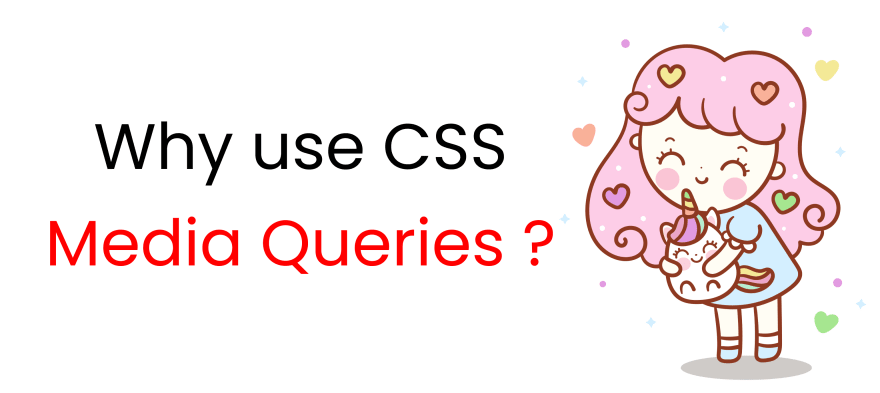






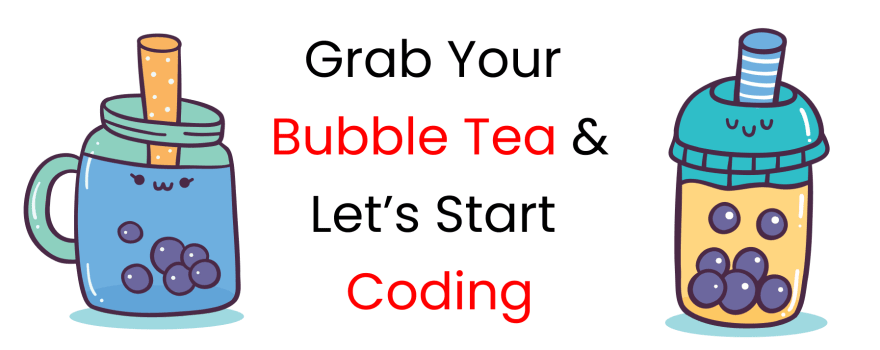
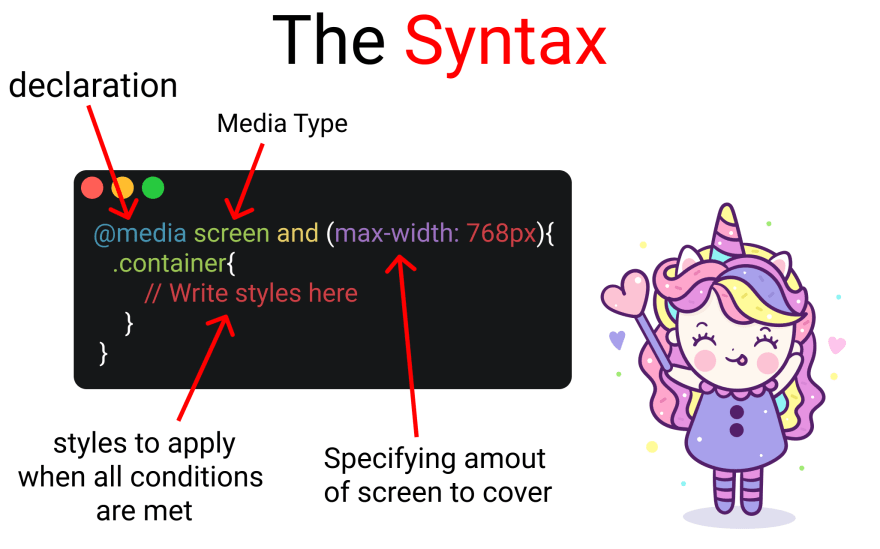



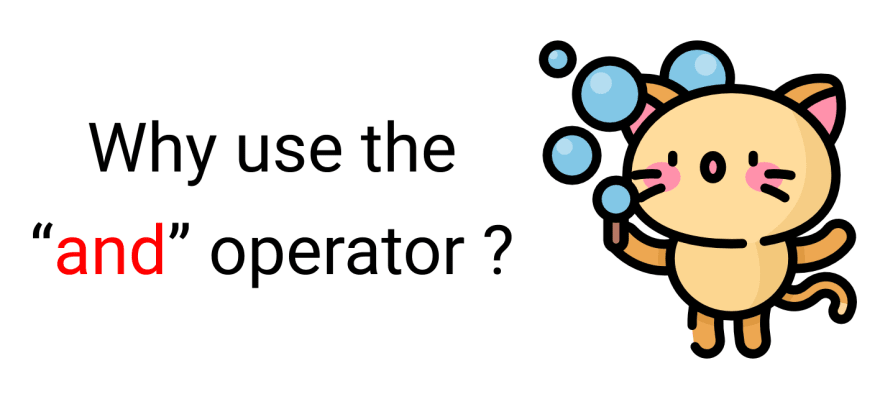
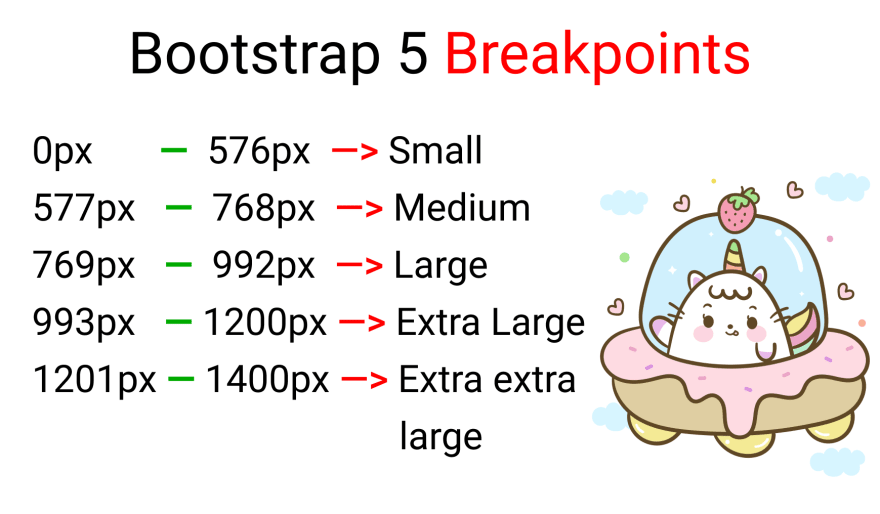


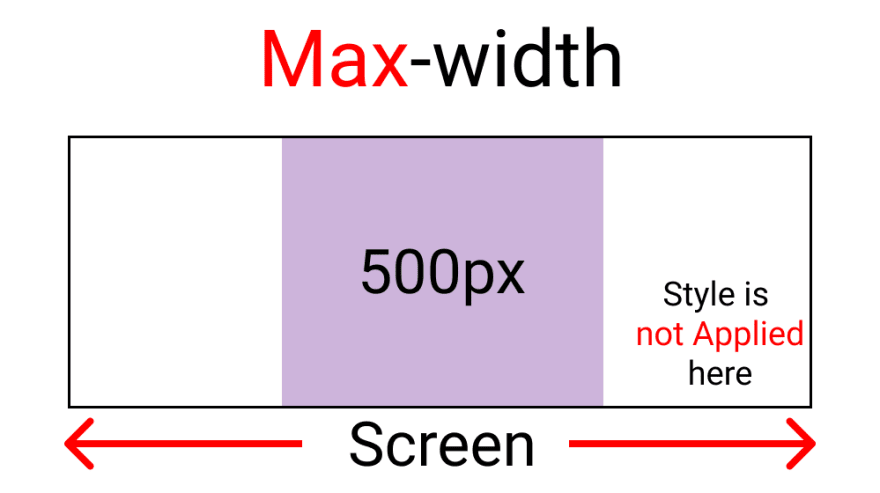

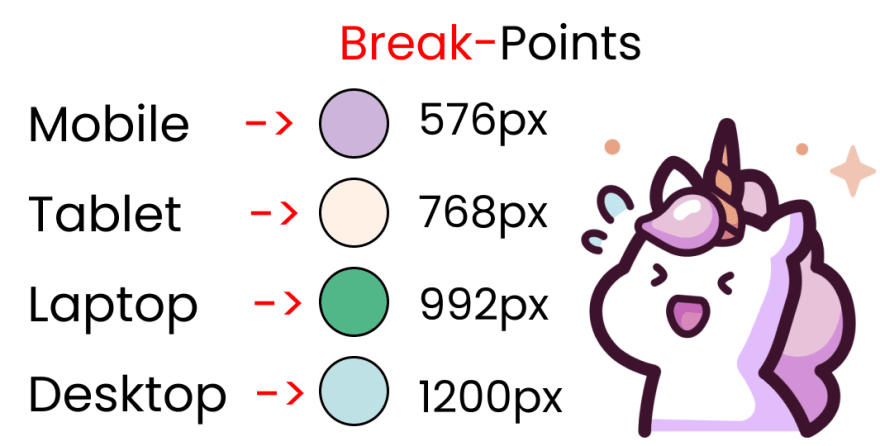
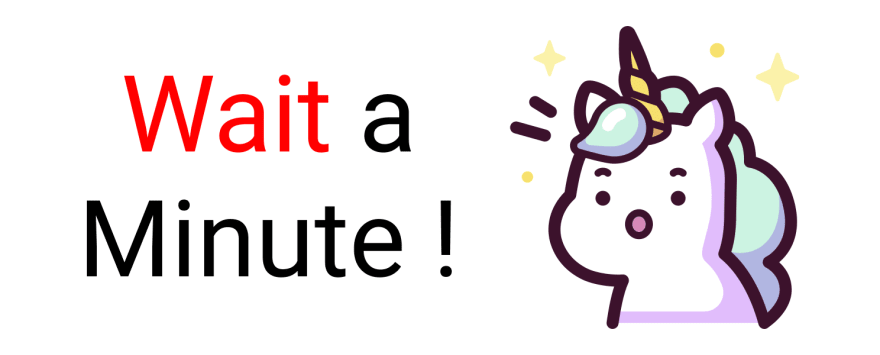






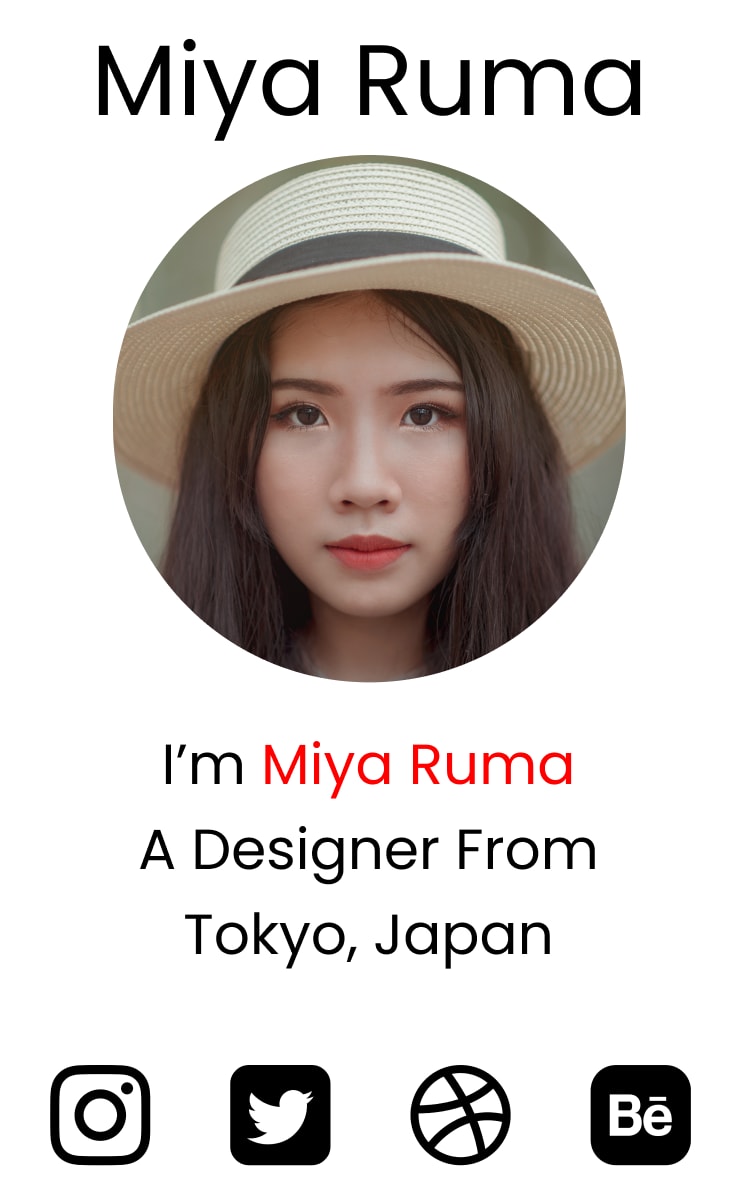
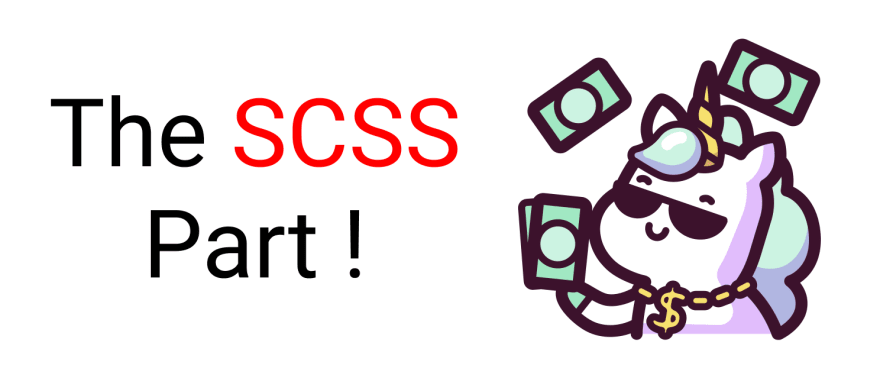



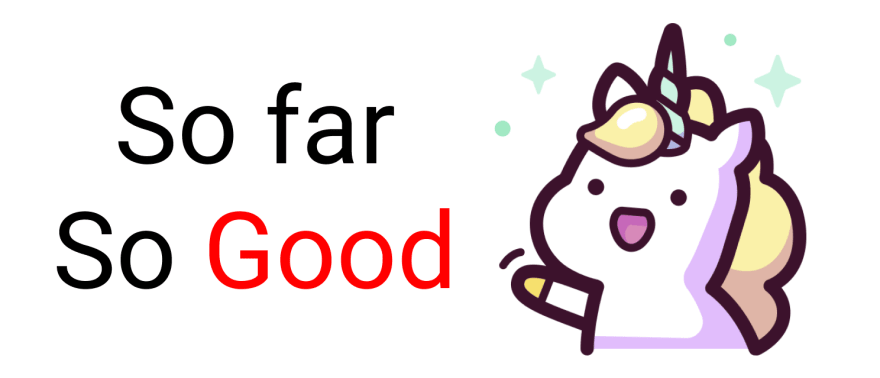





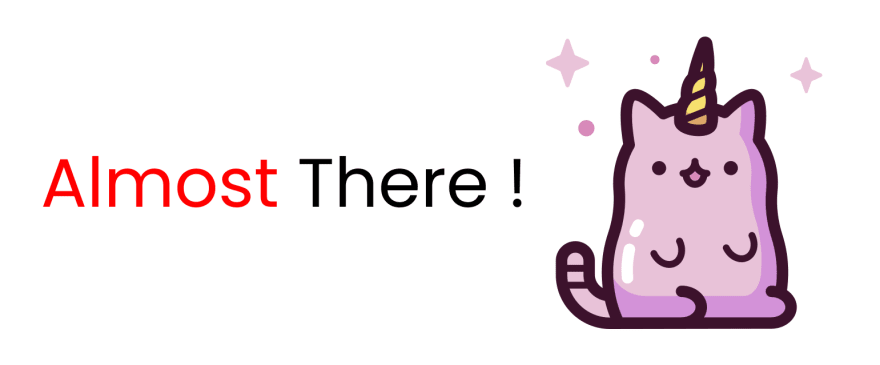






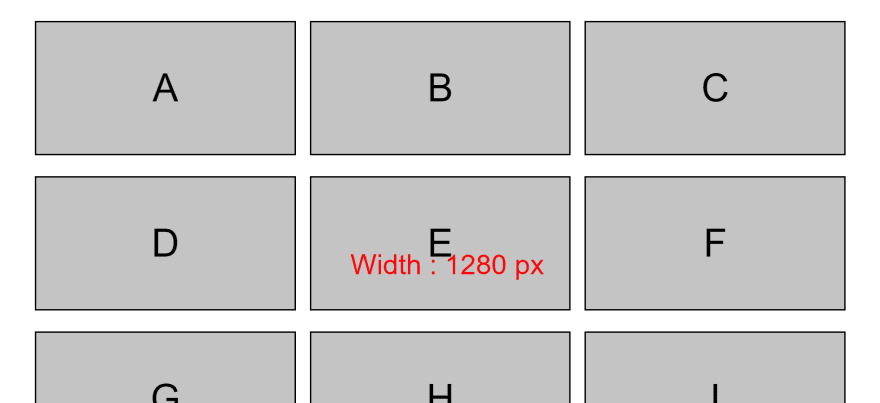







Oldest comments (3)
better contact the support to get back your old account. If you own the email of the other account you can recover it easily (I guess ..)
Let's hope for the best :")
Great Job man, I definetly needed it !
Some comments may only be visible to logged-in visitors. Sign in to view all comments.